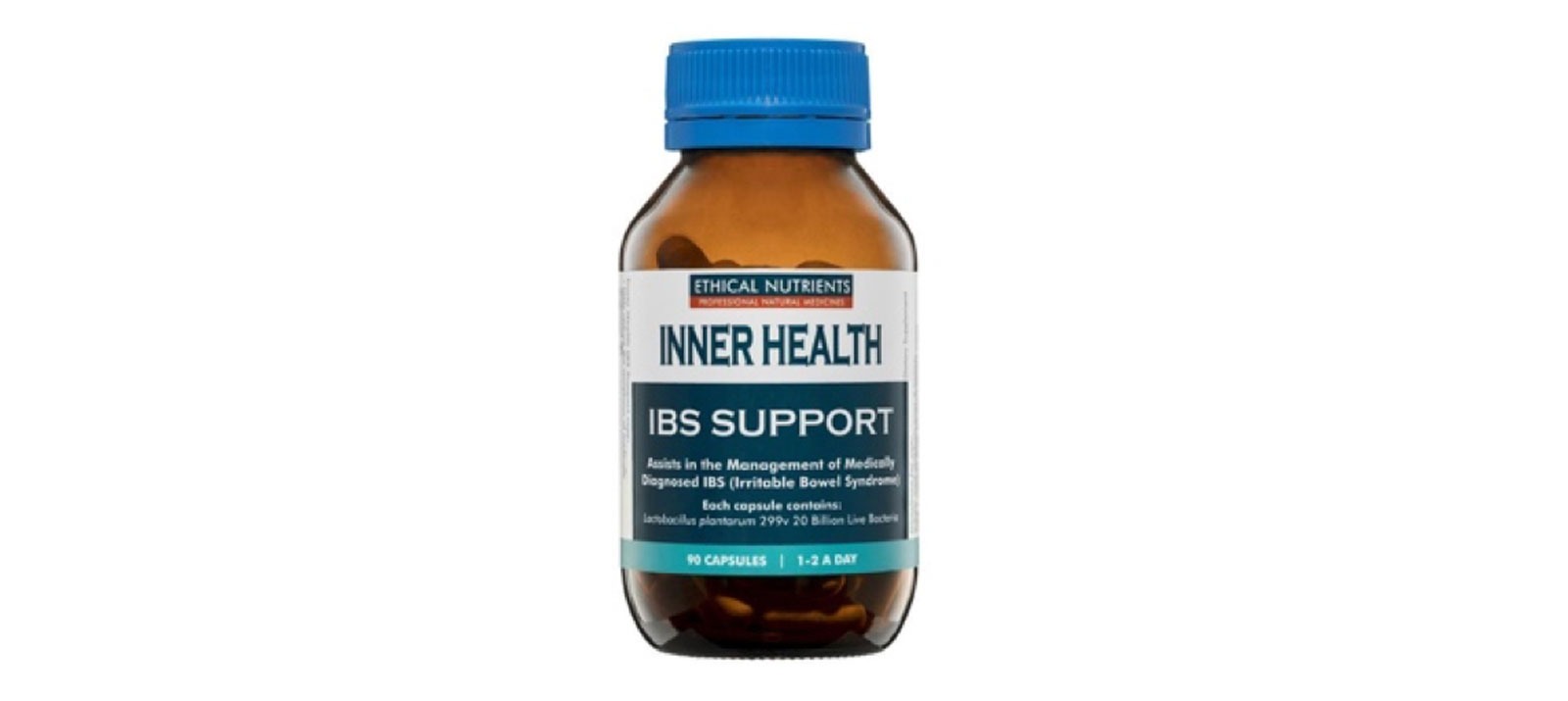

Creating quality feed for goats from plant waste in Lao PDR
November 4, 2019
As part of our concerted efforts to support and encourage the next generation of Australians in study, careers and volunteering in international agricultural research, the Crawford Fund State Committees proudly support our Student Awards.
These awards allow university students from around Australia to include an international component to their studies, to travel to their host countries to research and explore their chosen topic areas and gain international agricultural research experience and expertise.
Throughout the past year, we have enjoyed sharing the journey of our 2018 recipients of these Awards and their experiences have been diverse and overwhelmingly positive. They are available here.
We can now proudly start to present to you the reports from our 2019 cohort as they start on their travels and research.
And we have just launched our 2020 Student Awards again available for university students from every State and Territory so check out the backgrounder and apply online.
Luke Dieters from the University of Queensland travelled to Luang Prabang, in the Lao PDR earlier this year – his name may be familiar as we sent out a few tweets when Luke was in-country. His focus was to determine whether waste products from common plants could be used to create improved quality feed for goats. His visit included support from partnerships with the Crawford Fund, the Lao-based Northern Agricultural and Forestry College (NAFC), The Australian Centre for International Agricultural Research (ACIAR) and the University of Queensland (UQ).
Luke conducted preliminary testing of silage made from biomass of cassava and broom grass, with and without the addition of Lactic Acid Bacteria (LAB). The aim of the research was to provide an alternative source of feed for animals in the dry season and explain to NAFC staff and students the silage-making process.
“The work undertaken during my visit to Lao PDR involved the development and preliminary evaluation using feeding studies on goats and cattle, in addition to simple chemical analysis of the silage,” said Luke.

“The Crawford Fund allowed me to not only travel to Laos but also gain experience that I would never have been able to afford personally,” said Luke.
Perennial crops such as broom grass and cassava, can provide significant benefits to farmers as a cash crop, but also produce significant biomass from their stems and leaves that are not fully utilised.

This under-utilised plant biomass was investigated by Luke for silage suitability to allow farmers to feed animals. Silage success would allow for a reduction in feed expenses and a greater profit, which in turn will improve livelihoods.
“New techniques that improve productivity of animals and farms not only allow for improved income so that children get a better education but will also benefit the entire country from the ground up,” said Luke.
Silage is an important long-term feed storage method for cattle, goats and sheep that can be created in the wet season, and then utilised in the dry season as a supplementary feed source. Silage can be produced easily from chopped plant biomass that is then sealed in containers which then undergoes fermentation by LAB. Inoculants, like LAB, are commonly used to produce silage in Australia, however in Lao PDR this was a new technique which all the students and some of the teachers had not experienced previously.
The project was also extended to include black sugarcane, napier grass and maize plants (post-harvest) upon request by NAFC. These added treatments were especially important to emphasise that any plant can be used as silage.
“Further testing with more nutrient content analysis needs to be done on each of these treatments as well as different treatments using alternative silage mixes. However, as a preliminary test of silage quality and palatability this project was a success,” said Luke.

“This Award has given me significant experiences in research, teamwork, overseas travel, and professional contacts with staff both here in Australia but also overseas in Laos. This will help me to further my future goals and career and has given me a deeper appreciation for work that is being done to improve foreign agricultural practices but also has given me more knowledge about goats, silage and agricultural practices here in Australia,” said Luke.
“Further, as part of my stay I participated in teaching basic English classes in addition to experiencing many other farm systems, such as fisheries, frog farms and mushroom farms, which allowed for an expansion of my knowledge and experience base. This entire research trip has been of great value in furthering my practical knowledge and experience, and at the same time as making me a more desirable candidate for any future tasks that I hope to achieve,” said Luke.
“This project also further strengthened the ties between not only NAFC and UQ, but also created professional international contacts for me, and strengthened the joint research cooperation between Australia and Laos,” said Luke.
“I would like to acknowledge and thank Dr Mark Turner, Dr Mark Dieters, Dr Elham Assadi Soumeh and Ed Qualischefski from the University of Queensland; Dr Outhai Soukkhy and Yaloa Lyfong from The Northern Agricultural and Forestry College; and, Professor Bob Lawn from the Crawford Fund QLD Committee,” concluded Luke.




